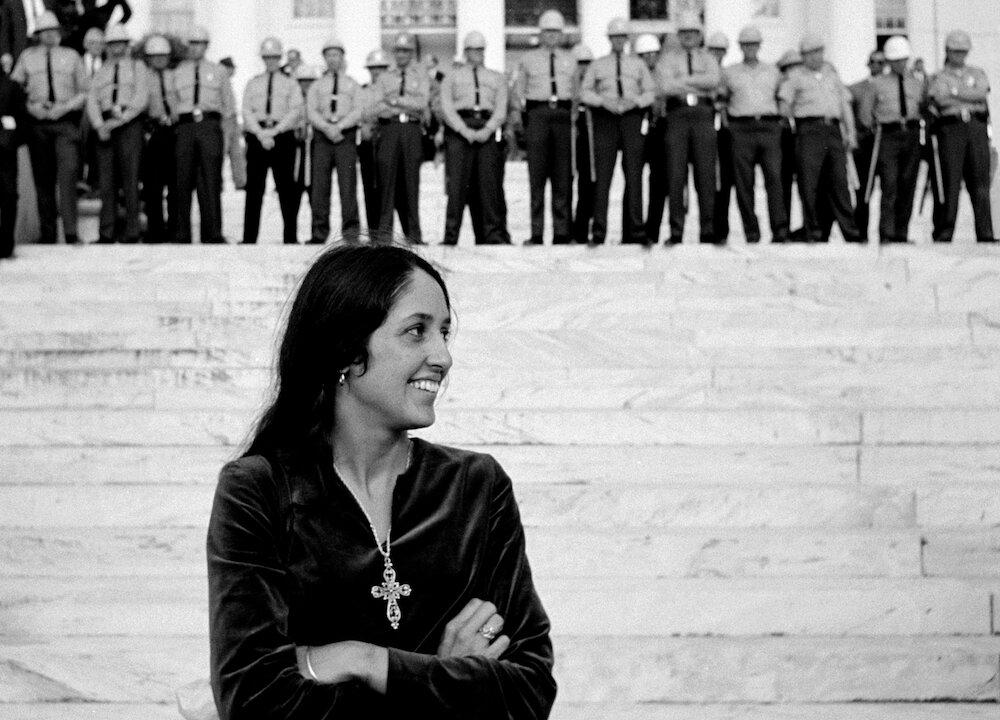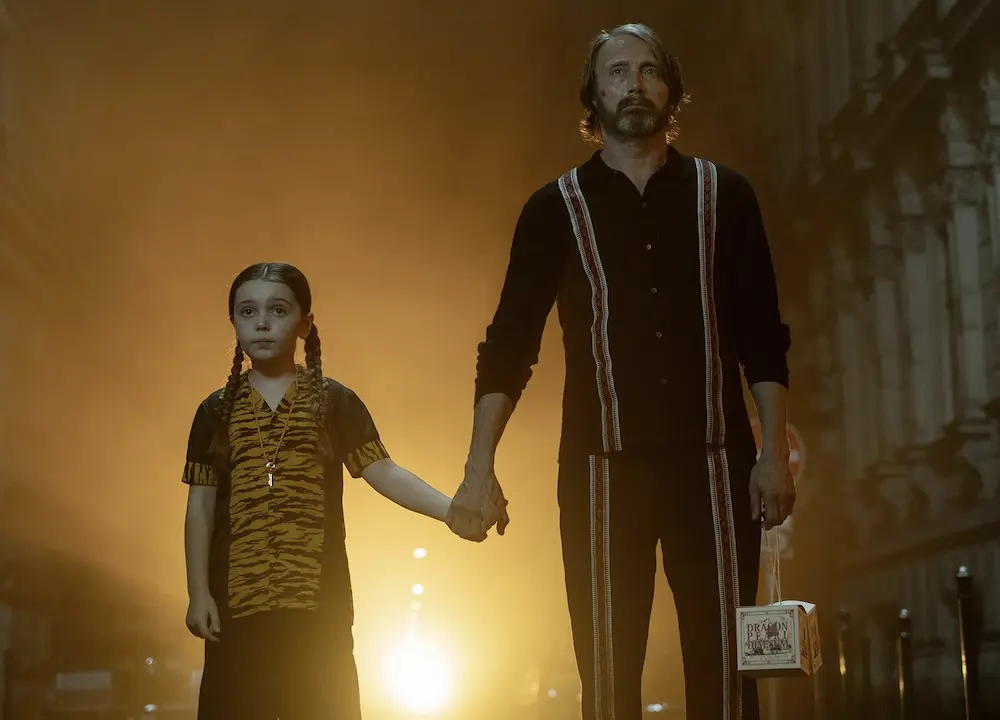Folk singer Joan Baez’s music and political activism, along with figures like Bob Dylan, Tom Wolfe, Martin Luther King, and Timothy Leary (to name a handful of the time’s influencers) helped to define 1960s’ counterculture in America. The new, quality documentary “Joan Baez I Am a Noise,” serves to underline that fact.
‘Joan Baez I am a Noise’: Folk Music’s Matriarch Tells All
Despite a Madonna-like serenity, soaring soprano, and huge impact on 1960’s political activism, Joan Baez struggled with incapacitating depression.

Joan Baez in full-on political activist mode in "Joan Baez I Am a Noise." Matt Heron/Magnolia Pictures
Mark Jackson is the senior film critic for The Epoch Times and a Rotten Tomatoes-approved critic. Mark earned a bachelor's degree in philosophy from Williams College, followed by classical theater conservatory training, and has 20 years' experience as a New York professional actor. He narrated The Epoch Times audiobook "How the Specter of Communism Is Ruling Our World," available on iTunes, Audible, and YouTube. Mark is featured in the book "How to Be a Film Critic in Five Easy Lessons" by Christopher K. Brooks. In addition to films, he enjoys Harley-Davidsons, rock-climbing, qigong, martial arts, and human rights activism.
Author’s Selected Articles





